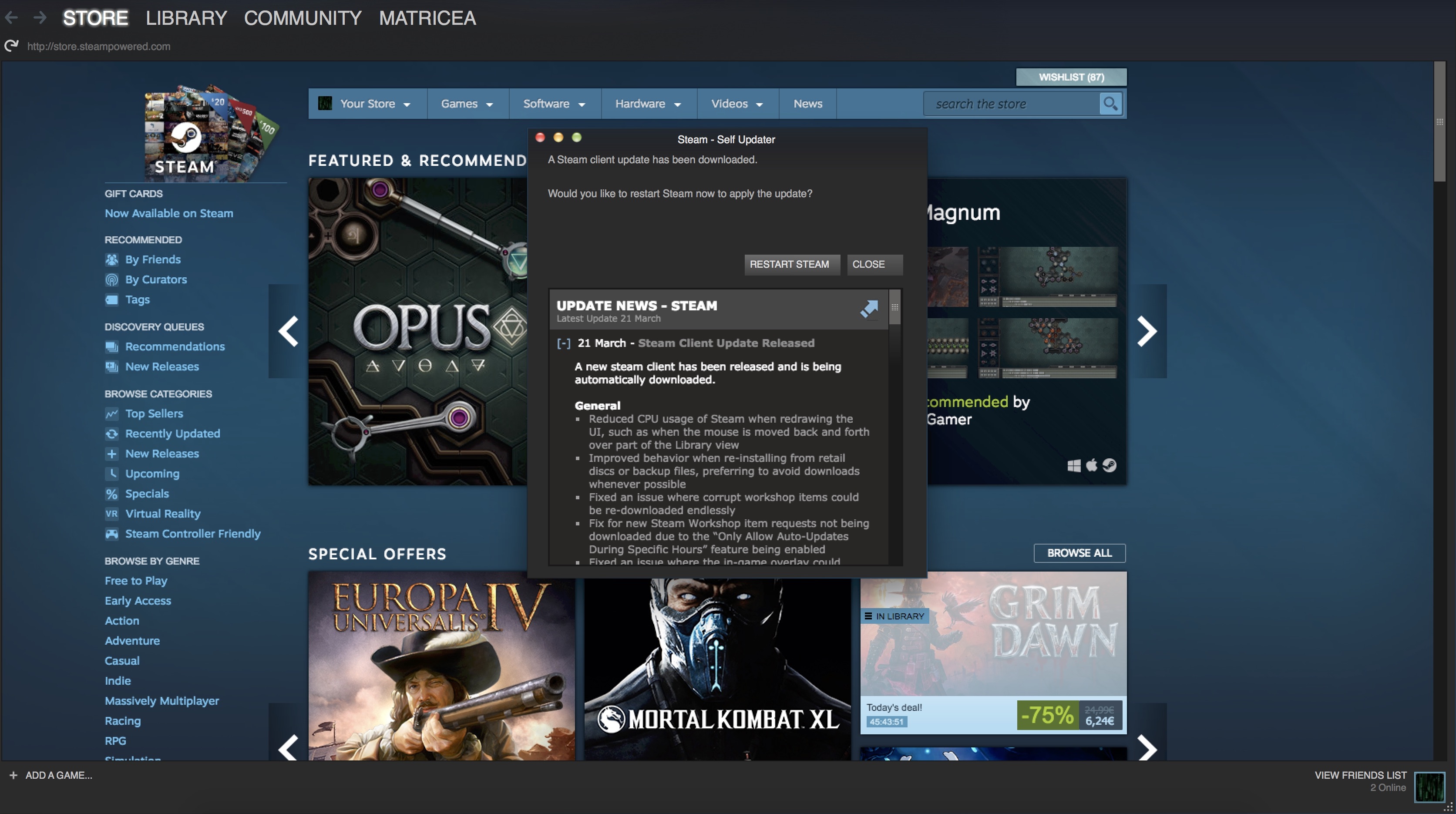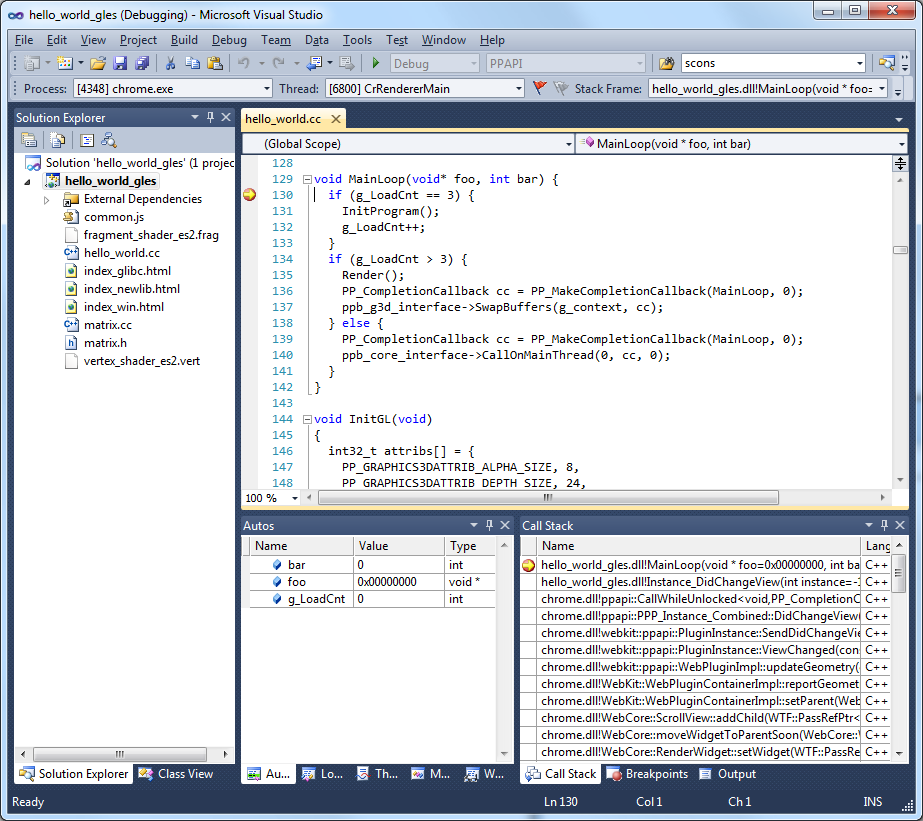Native client patch is used for connecting your browser (Firefox, Chrome and Opera) with native applications on your machine (Windows, Linux and Mac). If you have an add-on in your browser that needs to communicate with an external application on your computer, this native client patch can be used to easily make this connection. Download Google Chrome 14, with Native Client and Web Audio. That said, Google Chrome 14 lays the groundwork for future developments with Native Client, Google's technology for running.
Native Client is now built into the Dev channel of Google Chrome. This page tells you how to enable and use the integrated version of Native Client.
Note: For now, the integrated version of Native Client has less functionality than the plug-in. If you want to see everything that Native Client can do, download the tarball and install the plug-in. For details of what's different about the integrated version, see [Known issues] (NativeClientInGoogleChrome#Known_issues.md).
Download Google Chrome, if you don't already have it.
Subscribe to the Dev channel.
Launch Google Chrome from the command line, adding --enable-nacl. On Mac and Linux, if you're using dev channel release 5.0.375.9 or 5.0.371.0, respectively (or an earlier version), also add --no-sandbox. On Windows, your command should look like this:
Warning: We recommend running Google Chrome with the --no-sandbox or --enable-nacl flag only for testing Native Client and not for regular web browsing.
- In any browser, bring up the [Getting Started] (http://nativeclient.googlecode.com/svn/trunk/src/native_client/documentation/getting_started.html) document. You'll follow some—but not all—of its instructions. Specifically:
- [Get the software] (http://nativeclient.googlecode.com/svn/trunk/src/native_client/documentation/getting_started.html#software). (Download the tarball, extract the files, and make sure you have the right version of Python.)
- [Start a local HTTP server] (http://nativeclient.googlecode.com/svn/trunk/src/native_client/documentation/getting_started.html#httpd), if one isn't already running on your computer.
- In Google Chrome, view the Browser Test Page, using localhost for the hostname. For example: http://localhost:5103/scons-out/nacl-x86-32/staging/examples.html
- Click links to examples and tests to run them.
When Google Chrome is launched with the --enable-nacl flag, the integrated version of Native Client is used to run the examples and tests. Otherwise, the Native Client plug-in (if installed) is used to run them.
The following tests should work in the integrated version of Native Client:
Tests that have no audio or graphics: The results of these tests should be the same as if you executed them in Google Chrome using the Native Client plug-in.
Mandelbrot performance test: This works because all drawing is from JavaScript; Native Client is used only for calculations.
The following examples don't currently work:
- Examples with graphics (except for the Mandelbrot performance test): This includes everything in the Examples column except the SRPC hello world example.
For details about what each example and test contains, see the Examples and Tests page and the README files in the source code.
- Graphics and audio from native code don‘t work unless you’re using the proposed NPAPI improvements ([announcement] (http://groups.google.com/group/native-client-announce/browse_thread/thread/3607403cbc165499), spec). These new 2D and 3D APIs provide access to video and audio.
- In some Dev-channel builds of Google Chrome, enabling Native Client requires disabling the Google Chrome sandbox.
For information about the design and implementation of Google Chrome, see the Chromium project website.

Native Client (NaCl) and Portable Native Client (PNaCl) are open-source technologies for executing compiled code in a browser sandbox. PNaCl is portable and preferred but has a few limitations. Questions about the tool chain and SDK for Native Client as well as questions concerning behaviors of the resulting applications should use this tag. Questions involving HTML and JavaScript components used with Native Client may need those tags as well or instead.
How to connect to Bluetooth by native client for chrome app

Is there a PNaCl test module that devs can use to see if PNaCl is running?
Has Google Chrome finally removed NaCl support?
PNaCl logging to stdout no longer working in Chrome 72 onwards?
How can I send http or https request with chrome ppapi (pnacl) module?
Enabling developer tools on a NACL page
NACL on chromium
Install chrome native client (nacl)
Is Google Native Client (NaCl) vulnerable to Meltdown or Spectre attacks? [closed]
Running an local executable/binary via a web app?
How to get functions’s start address using the unsafe package?
